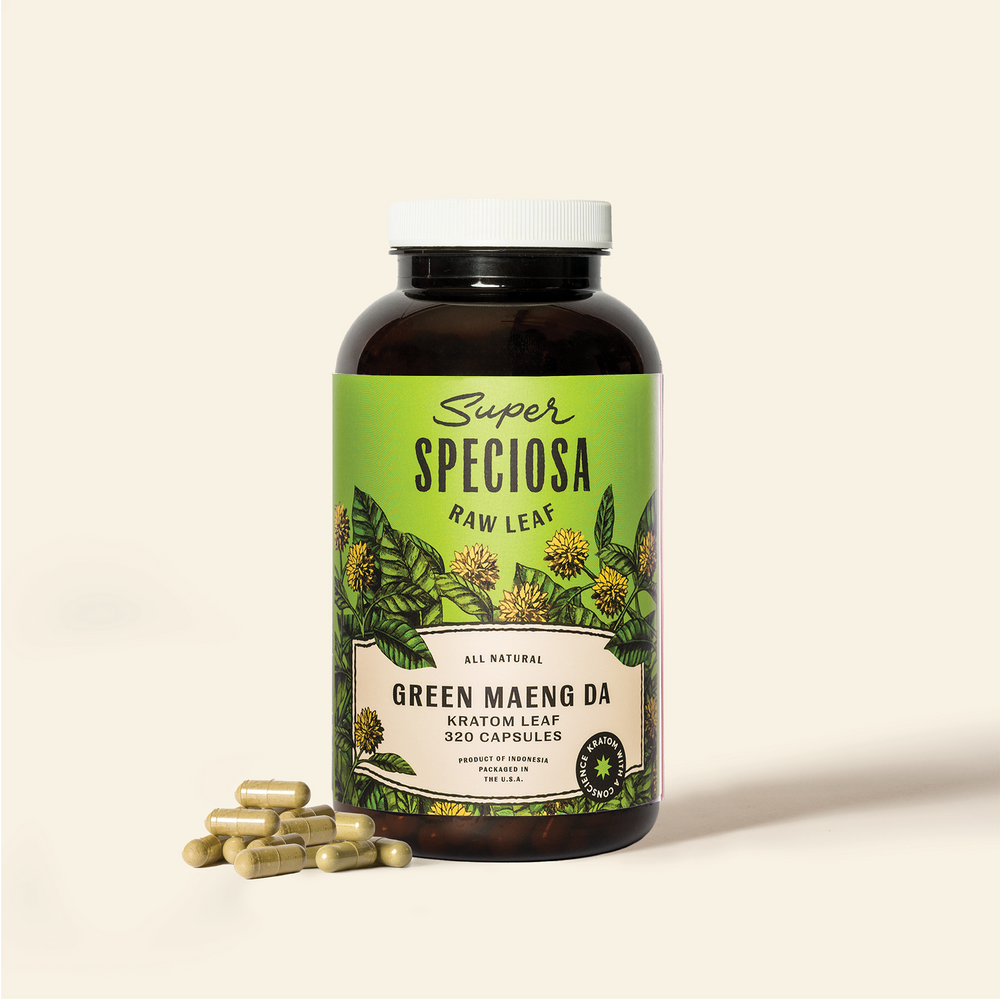Malaysia's Kratom: From Legal Gray Area to Global Marketplace
MALAYSIA'S KRATOM: FROM LEGAL GRAY AREA TO GLOBAL MARKETPLACE

Discussions around kratom in the United States have shifted from limiting access to the plant to embracing a safe, regulated approach. The trickle-down of that dialogue is making waves around the world.
Malaysian authorities spoke favorably about the potential of kratom at an event specifically designed to discuss the subject. As U.S. policy discussions have shifted, similar shifts have occurred among the leadership in multiple Asian countries due to the potential of a regulated global market for kratom.
What is yet to be determined is if the discussions have shifted enough to take Malaysia out of the legal grey area and transform the country into a key contributor to a global kratom marketplace.
Kratom has existed in a blind spot of Malaysian laws for 70 years. Traditionally, working-class residents have chewed on kratom leaves, brewed it into tea and found other ways to incorporate the naturally growing plant into their daily routines. In more modern times, Malaysian kratom consumers have had access to kratom drinks of varying strengths and tastes.
That still doesn’t mean that kratom is technically legal for all purposes.
Adjusting to Malaysia's Aging Anti-Kratom Policy
Malaysian drug policies come from the Poisons Act of 1952, a piece of legislation that clearly lacks the detail and context that science has filled in during the 81 years since its inception. But even with some hesitancy around kratom in the wake of World War II, the Malaysian officials who designed the act did not see a reason to include kratom in the Dangerous Drugs Act of 1952, which would have led to a more strict crackdown on the usage of the plant, even in modern times.
Due to the outdated nature of the law, kratom now exists in a legal gray area where there is little to no appetite to criminalize the kratom industry, yet it’s still not technically above board. For example, the cultivation of kratom trees has never been prohibited or controlled through any law.
What’s vital about the law is that the one section with any real power is Section 8, the ‘Control of imports of poisons.” While local authorities have let kratom go unchallenged domestically, the Poisons Act has given leverage to carefully control and monitor kratom exports. Recent developments in the world kratom market have called that policy into question.
With developments in science and more avenues to open kratom markets around the world, Malaysian authorities are now hoping to vault kratom from a legal gray area into a productive piece of the country’s economy. That’s why those authorities added the Inaugural Asian Congress on Kratom as part of the Fourth International Integrative Medicine Conference hosted in the country.
Deputy Prime Minister Datuk Seri Fadillah Yusof spoke at the conference and said kratom can be just the latest way that Malaysia and other Asian nations can utilize their unique climate to contribute to global trade.
“Notably, our palm oil and cocoa are integral ingredients in various food products which are produced responsibly and sustainably,” he said.
Balancing Malaysia's Kratom Tradition with Global Trade
Yusof is also the Minister of Plantation and Commodities and has been at the center of discussions on how to best integrate kratom into a modern policy on the plant. While pledging that the government will use “informed decision making,” Yusof also said the alkaloids in kratom mean any new policy “must be balanced with its potential benefits and risk.”
Malaysian authorities are also weary of the segments of their population who have used kratom well before the laws of 1952. In everything the government does with its policy on substances, Yusof said, it is vital that Malaysian authorities consider the history of its people in coordination with data and relative information.
“The nation’s holistic strategy involves all stakeholders, balancing progress with heritage,” he said.
With prevailing science pointing toward a relatively tame safety profile for kratom, advocates are hoping this could be an indication that countries like Malaysia could soon shift toward regulation over prohibition.
On the U.S. side, Mac Haddow from the American Kratom Association said the rise in activity among Asian nations is indicative of how kratom’s profile and markets are evolving globally.
For starters, despite ongoing efforts to try growing kratom in other locations, Haddow said the Asian perspective on regulation is vital to maintaining the supply of kratom around the world, in large part due to factors beyond anyone’s control.
“Kratom grows because of the unique climate, soil conditions and water availability in Southeast Asia–it grows ubiquitously,” he said.
Haddow has been part of efforts to loosen the U.S. Food and Drug Administration’s grip on international kratom trade and has made stops in multiple countries this year to discuss policy. What Haddow has seen is a willingness for foreign governments to look at research and data, and make the informed decision that it is better to regulate and control kratom than it is to ban or take action against a plant that has been used traditionally for hundreds of years.
“All of that illustrates that science drives decisions that allow for government entities to evaluate the potential (impact of kratom),” Haddow said. “If it’s viewed responsibly by policymakers, then we get into a regulatory environment that really does protect consumers of this magnificent plant.”
Visit our kratom news page for the latest legal updates. Also, check out our handy kratom legality map to learn about kratom legality in your state.





